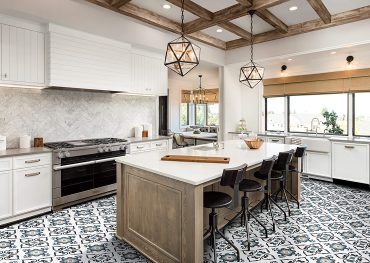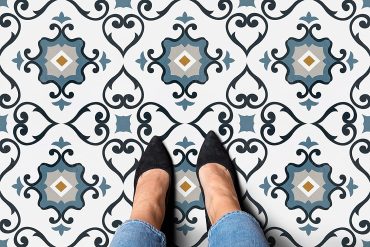Choosing the right wood flooring involves considering various factors to ensure that the flooring matches your preferences, needs, and the overall design of your space. Here are some key considerations to keep in mind:
- Wood Type: Different wood species offer unique grain patterns, colors, and hardness levels. Common options include oak, maple, cherry, walnut, and hickory. Research the characteristics of each type to find one that aligns with your desired aesthetic and durability requirements.
- Color and Finish: Wood flooring comes in a wide range of colors, from light to dark. The finish can also influence the appearance, with options like matte, satin, or glossy finishes. Choose a color and finish that complements your design style and preferences.
- Grain Pattern: The grain pattern of the wood affects its visual appeal. Some woods have prominent grain patterns, while others are more subtle. Decide whether you prefer a strong or understated grain pattern.
- Hardness and Durability: Different wood species have varying levels of hardness, which impacts their resistance to wear and tear. Consider the amount of foot traffic in the area where the flooring will be installed. Harder woods like oak and maple are generally more durable and suitable for high-traffic areas.
- Budget: Wood flooring costs can vary significantly based on the type of wood, grade, and quality. Set a budget and explore options within your price range.
- Installation: Consider whether you’ll be installing the flooring yourself or hiring professionals. Solid hardwood can be more challenging to install, while engineered wood and laminate are often easier to work with.
- Climate and Environment: Wood is sensitive to changes in temperature and humidity. If you live in an area with extreme climate variations, consider engineered wood, which is more stable than solid hardwood.
- Maintenance: Different wood species require different levels of maintenance. Some woods may need more frequent refinishing, while others are more resistant to scratches and dents.
- Aesthetic Compatibility: Think about how the wood flooring will interact with the rest of your interior design elements, such as wall colors, furniture, and decor. Choose a wood that complements the overall aesthetic of the space.
- Long-Term Value: Quality wood flooring is an investment that can add value to your home. Consider the long-term benefits when making your decision.
- Samples and Visualizing: Obtain samples of different wood types and finishes to see how they look in your space’s lighting. Visualize how the flooring will appear in various lighting conditions throughout the day.
- Sustainability: If environmental considerations are important to you, look for wood that is sustainably sourced and certified by organizations such as the Forest Stewardship Council (FSC).
Remember that choosing the right wood flooring is a personal decision that should reflect your unique preferences and needs. Take your time to research and explore your options to make an informed choice that you’ll be happy with for years to come.















